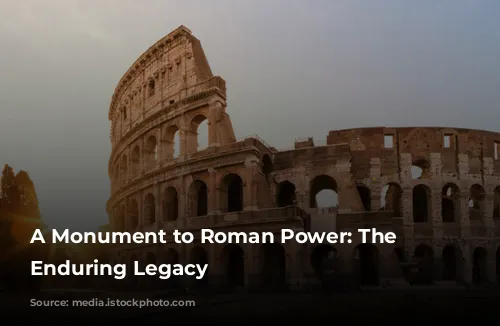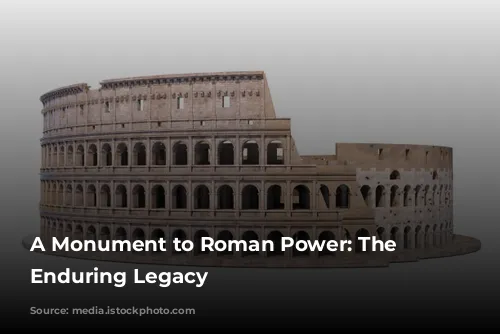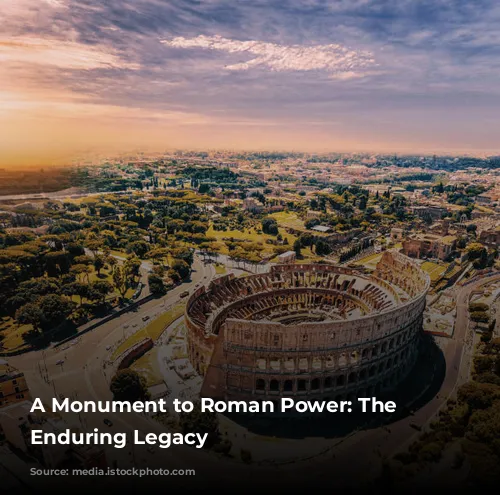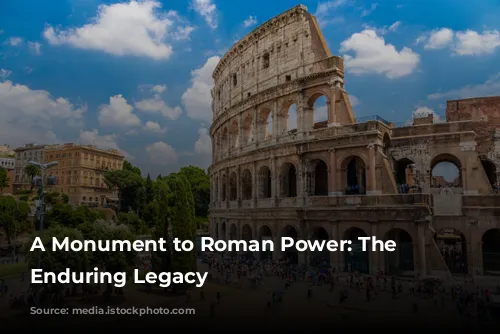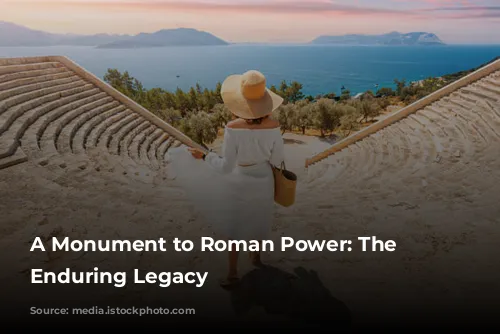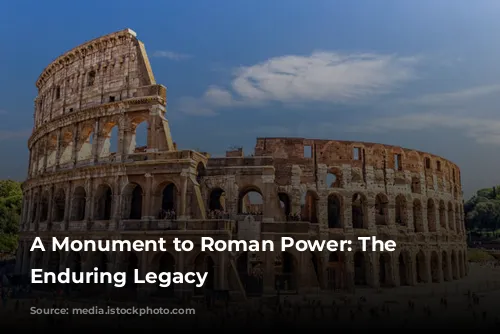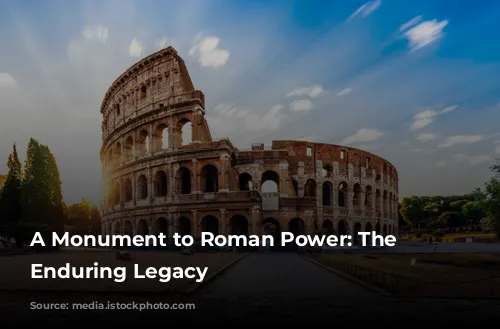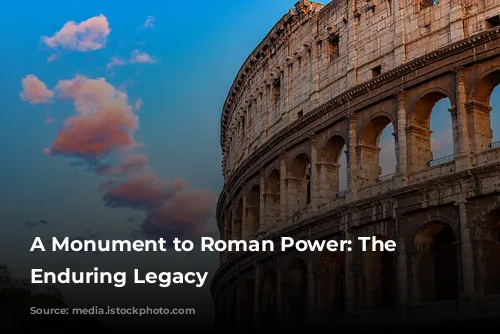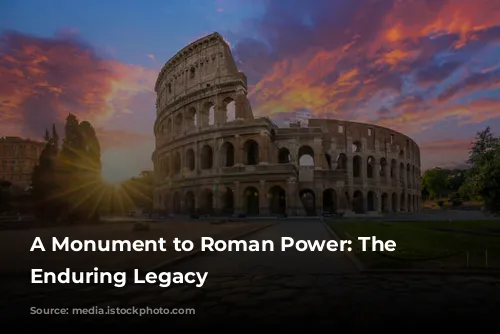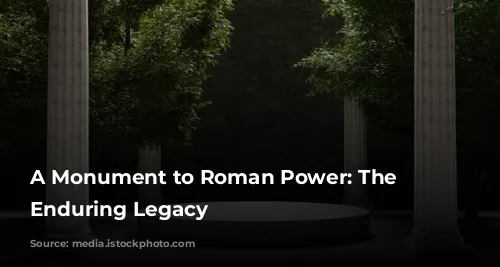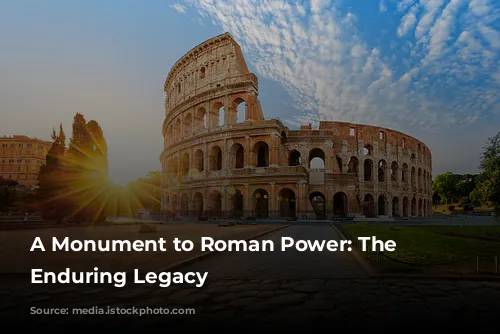The Colosseum, a symbol of Roman grandeur and power, stands as a testament to the empire’s rise and fall. Originally known as the Flavian Amphitheater, this colossal structure witnessed the brutal spectacles of gladiatorial combat and the terrifying hunts of wild beasts. Estimates suggest that as many as 400,000 people perished within its arena, along with a staggering million wild animals. The Colosseum’s bloody history offers a chilling glimpse into the harsh realities of ancient Rome.
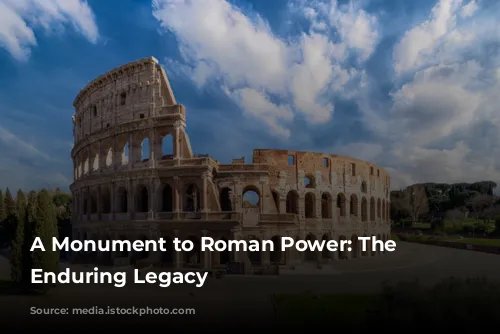
From Arena to Fortress
The Colosseum’s construction began under the reign of Emperor Vespasian, who envisioned it as a gift to the Roman people, seeking to appease them after the tumultuous rule of Emperor Nero. His son, Titus, officially dedicated the Amphitheater in 80 AD, inaugurating it with 100 days of games. The final stages of construction were completed under Titus’s younger brother and successor, Domitian, in 83 AD.
The Colosseum’s role as an arena gradually faded, giving way to a different kind of existence. The arena floor was transformed into a cemetery, while its vaulted spaces were repurposed as homes and workshops. The powerful Frangipani family seized control of the structure, converting it into a fortified castle. A devastating earthquake inflicted severe damage, causing a large section of its outer walls to crumble, leaving scars visible even today.
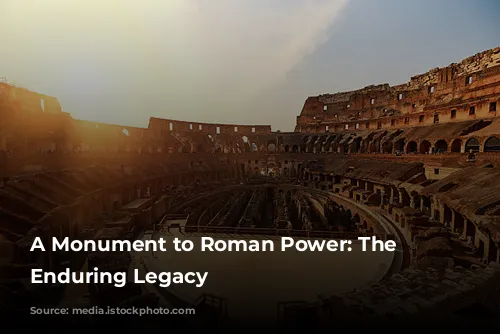
A Symbol of Decay and Rebirth
As time wore on, the Colosseum became a victim of its own grandeur. Its valuable building materials were stripped away to be reused elsewhere, leaving it in a state of disrepair. The iron clamps that held the stones together were melted down, and the Colosseum’s once-proud stonework was scavenged to build new structures throughout Rome. Even the marble that adorned its facade found its way into the construction of Saint Peter’s Basilica.
A glimmer of hope emerged when Pope Benedict XIV declared the Colosseum a sacred site, believing it to be consecrated by the blood of Christian martyrs. Although historical evidence for this claim is scant, it marked a turning point in the Colosseum’s fate. From then on, it was subject to ongoing restoration efforts undertaken by various Popes, governments, and the city of Rome itself.
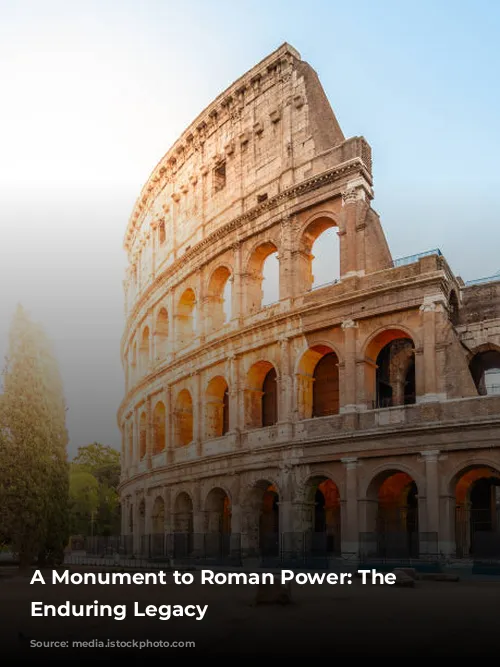
A Timeless Icon
The Colosseum underwent a major restoration project in the 20th century, where its facade was meticulously cleaned, removing centuries of grime and soot. Today, it stands as one of the most popular and iconic buildings in the world, attracting over 7 million visitors annually. The Colosseum, a monument to both the grandeur and fragility of human ambition, continues to captivate and inspire awe. It is a testament to the enduring power of history and a poignant reminder of the cyclical nature of empires, both ancient and modern.
With its rich history, enduring legacy, and remarkable resilience, the Colosseum remains a powerful symbol of Rome’s enduring impact on the world.
